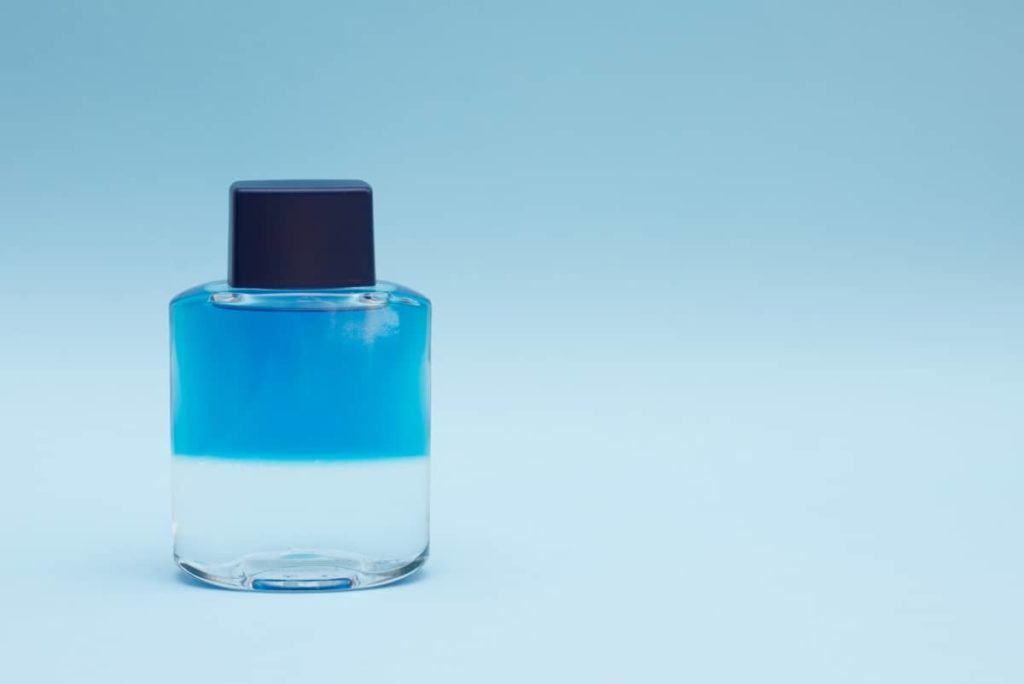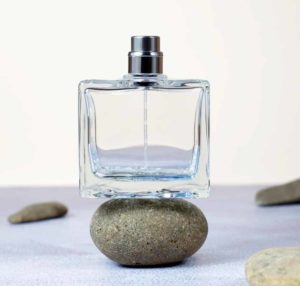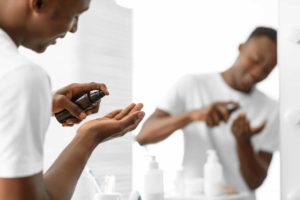Now a byword for men’s fragrances, traditional aftershave was once a stalwart of the male shaving routine; a crucial final step of facial aftercare and a must-have grooming product for every gentleman.
In recent times though, it’s become a less common practice amongst modern men, with many of us not even sure of the difference between aftershave and cologne – or even realising there is one!
But aftershave’s purpose is about far more than just making the wearer smell good and so if you’re currently still snoozing on it’s benefits – here’s the lowdown on what it actually does, and whether you need to add it to your grooming arsenal.
Traditional Purpose Of Aftershave
We won’t be shocking any of you here when we say that shaving can be hella irritating on your face – tugging and pulling at tangled beard hair, taking off layers of your skin and if you’re unlucky, leaving you with a fair few cuts to show for it.
These small cuts, abrasions and blemishes create breeding grounds for bacteria, which can further increase your irritation, leading to rashes, sores and more war wounds – your punishment for trying to scrub up nice.
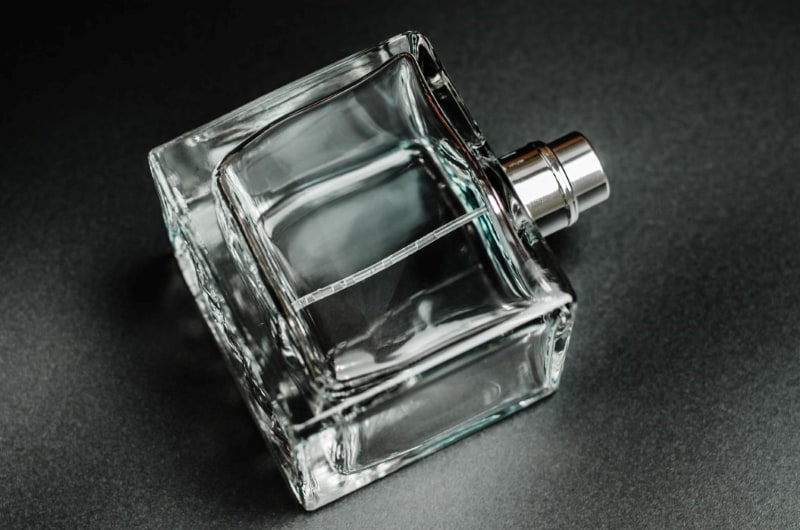
The original purpose of aftershave, therefore, was to counteract such nasty side effects and to help combat this centuries-long issue.
Coming in many forms – from oils or gels to standard liquids – aftershave is usually an alcohol-based astringent designed to help soothe, calm and prevent irritations by killing bacteria.
It is a sanitiser in that sense, acting as a disinfectant to any small cuts and helping to stop any bleeding that has occurred.
This is why traditional aftershaves can have a stinging effect on the face, as it is an anti-bacterial literally designed to kill toxins!
Over time though, the range of natural products and ingredients now also considered to be useful in aftershave treatments have seen the classic alcohol-based ointments become less popular.
This is because alcohol can be extremely drying on the skin and so moisturising agents like Aloe Vera and new age oils like coconut and jojoba have become more widely used, as they still protect the skin without stripping it of moisture.
Do I Need To Start Using Aftershave?
If you’re someone who particularly struggles with post-shaving issues such as blemishes, rashes, cuts and acne, purchasing an aftershave may do wonders for your face.
As well as disinfecting cuts and soothing skin damage, the right aftershave can close pores to prevent bacteria and breakouts, and add a pleasant scent to the skin.
We would recommend using an aftershave made up of natural ingredients and to avoid those with alcohol and fragrance in them though, as these will likely be upsetting to your already sensitive skin.
Good, natural astringent alternatives for fighting bacteria include witch hazel or tea tree oil, while aloe vera and chamomile are preferred ingredients to help soothe and calm irritation.
Replenishing lost moisture is also a hugely important factor to consider when using aftershave and so we would recommend finding products that contain things like Vitamin E or glycerin to prevent any feeling of tight skin or dryness.
If you still want your aftershave to pack an appealing scent, you can also look out for products that contain essential oils like lavender or cedarwood, as these won’t cause irritation when applied.
How To Use Aftershave
If you’re not entirely sure how to apply aftershave, don’t worry too much, as the application is as simple as gently massaging it into your face post-shave.
However, there are ways to use it more strictly which enhance its benefits and ensure you are reaping all of its rewards.
So to guide you in the best practice, we’ve put together this small informative step-by-step guide on how best to use it.
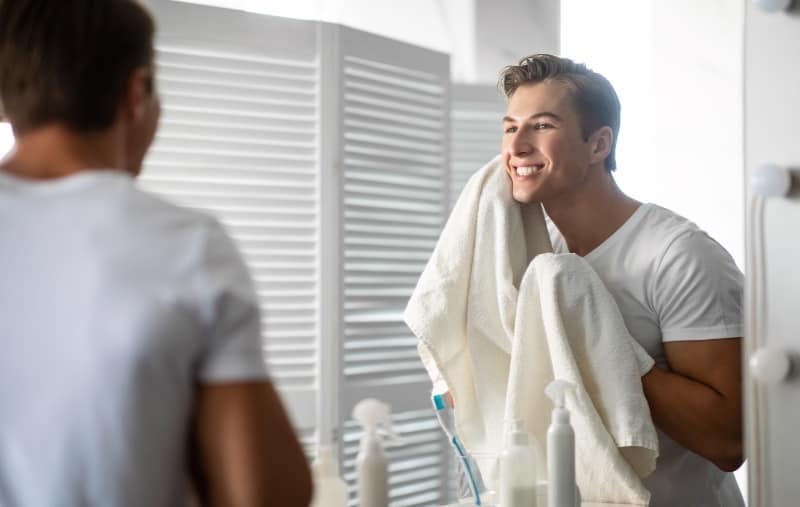
Applying Traditional Aftershave
1. First off, you obviously need to shave, preferably after a shower or washing your face with fairly warm water – this opens up your pores, removing oil and dead skin cells which can clog up your razor blade and cause irritation.
Most people choose to also use a shaving gel or cream to reduce the risk of cuts, abrasions and in-grown hairs.
2. Once you’re fully clean-shaven, now begins your process of after skincare!
Rinse off your cream or gel with cold water, as this helps to begin the process of shrinking and closing your currently open pores.
Then pat your face dry, being careful not to rub your face with a towel or cloth. This is because your skin is still very sensitive at this time and so rubbing it can be abrasive.
3. Take your aftershave and put a very small amount into your palm, no bigger than a ten pence piece.
Then spread the solution evenly by rubbing your hands together, before massaging gently onto your face or other shaved area, letting it soak into the pores.
That’s all there is to it and provided you’ve chosen a natural, plant-based aftershave, you should notice a real positive impact on your skin post-shaving.
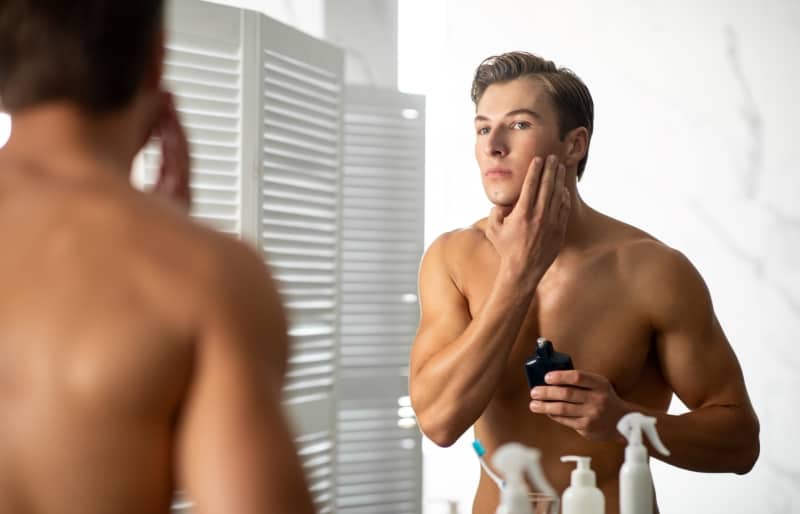
Can I Use Aftershave When I’m Not Shaving?
Of course!
Most modern aftershaves can effectively be used as moisturisers provided they contain ingredients like Vitamin E and aloe vera, simply making them a calming agent that can be used as part of an everyday skin routine.
We wouldn’t recommend using an alcohol-based astringent on a regular basis though, as your face will likely become dry and weathered after multiple uses.
Ultimately though, aftershave is not as essential as once thought, so if you’re getting along just fine with very few shaving irritants, it’s probably not needed!

